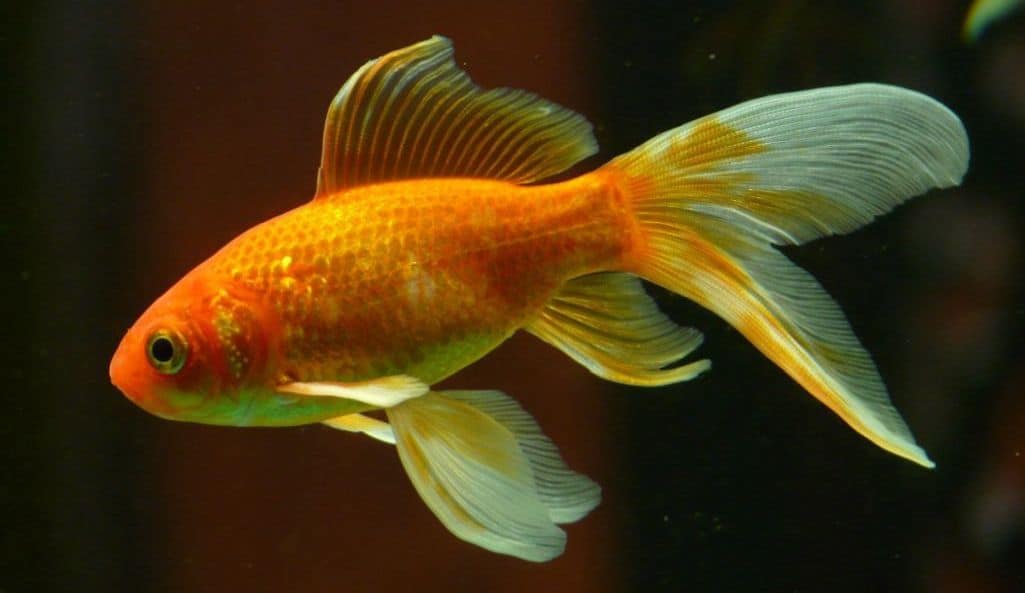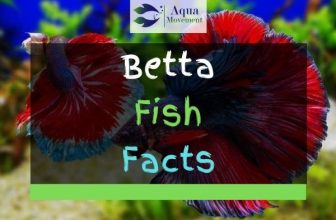What Kind of Water do Goldfish need?
Keeping goldfish can be a real joy, and is a perfect way to get introduced to the hobby of aquarium keeping. However, you should not overlook the importance of controlling the goldfish’s environment, to ensure they live to be happy healthy and strong.
There are so many things you need to think about when getting a goldfish, such as what to feed them, how to stimulate them and how much space they need, but possibly the most important thing is understanding what kind of water they need to thrive. This could be the difference between life and death for your beloved fish.
In this article, we will go through all the guidelines and tips and tricks you need to know about your goldfish’s water. Remember, this is their home, 24/7, so it needs to be clean, clear, chemically balanced and supportive of a healthy lifestyle. That depends on you and the attention you pay to their requirements.
The first step to providing the perfect aquatic home for your goldfish is learning and understanding. With that in mind, you’ve come to the right place. If you keep all these helpful hints in mind, then you can rest assured that your goldfish will be perfectly content in their forever home.
Table of Contents
Can’t they just live in normal tap water?
When asked the question, ‘what kind of water do goldfish need?’, you may be tempted to wonder why they can’t just live in normal tap water. After all it’s good enough for us to drink, right?
Well this can be a dangerous line of thinking, because tap water can contain a number of invisible substances and chemicals which, although innocuous to us, could be very harmful to you goldfish’s health. Chief among these chemicals is chlorine.
Chlorine is often added to tap water in water treatment plants to help kill off bacteria that could be harmful to humans. However, this same chlorine could be very dangerous for goldfish.
Not only is this chlorine directly harmful for your fish, but it is also detrimental to the ‘good bacteria’ that you need to develop in your fish tank to help keep your tank clean and deal with the waste products.
For example, this bacteria is essential in breaking down ammonia which can be poisonous to fish. By using untreated tap water, you are putting the long-term health of your gold fish at risk.
Instead, it is recommended that you add a few drops of a water treatment product that is designed to deal with the chlorine in the water.
You must also be careful not to add untreated tap water when changing the water in your tank, as this could lead to disastrous consequences.
6 Best Water Conditioner for Aquariums
pH is key
One of the key defining features of your tank water is the pH. pH refers to how acidic or alkaline the water is, and it based on a scale from 1 to 14, with 1 being very acidic and 14 being extremely basic.
If you wondered what kind of water do goldfish need in regards to pH, they prefer near neutral conditions from 7-7.4. It is very important to keep on top of the pH value in your tank, as wild swings in pH can cause your goldfish’s health to seriously deteriorate.
You can easily monitor the pH in a tank by use of an electronic pH meter, or, in the more old-fashioned way, through the use of universal indicator paper strips and the corresponding color chart.
Many things can cause the pH of your water to change, such as the addition of new water, growth in microbial or algae species, or even the introduction of a new type of food.
And while goldfish can tolerate some changes in pH, it will not benefit them to have the pH knocked wildly off balance.
How to Lower PH in Freshwater Aquarium Naturally
Keep an eye on the temperature
The temperature of your water is another thing you might think to check when establishing your set up. In general, and unlike some tropical species, Goldfish are referred to as coldwater fish.
However, to be certain you should check the requirements for the specific species of goldfish you own.
Just because they are called coldwater fish, does not mean the temperature can be kept at any temperature you like.
In general goldfish thrive best in water temperatures from 20 to 22. This should be kept constant all year round, which may be difficult with seasonal changes.
Depending on your local climate, this may require you to take action. If your water is naturally colder than 20 C, you may need to install a water heater in your tank.
If your water is naturally above the recommended temperature, then you need to consider relocating the tank to a cooler location, install a aquarium chiller, or else picking a different type of fish!
Many types of goldfish are naturally hardy, and may survive for short times in water temperatures ranging from near freezing to tropical warmth. However, these types of variations will have a negative impact on their stress levels and general health.
To avoid extreme changes, you should make sure that any water you add to the tank is pre-warmed to the same temperature as the tank water, thus helping to avoid thermal shock.
Clean Water

Possibly the most important factor, and the one which will take you the most time, is the cleanliness of your water. Soluble and insoluble detritus and dirt in your water can damage your fish’s health, as well as being an eyesore for you as an observer.
For that reason, you must ensure that your tank has an adequate filtration system.
A filtration system is essential to deal with the waste that fish produce from eating, as well as any dirt or debris that finds its way into the tank.
A good filtration system should encompass a mechanical, chemical and biological filtration component.
Many different set ups are available, ranging from simple sponge filters and hob filters, to expensive canister filter systems.
Mechanical filtration is just the use of simple sieves and filter units to help remove insoluble waste and sludge from the tank, especially because this can be unsightly.
Chemical filtration is the addition of foreign substances to the water to try and kill of harmful bacteria or parasites, or particularly pernicious algae blooms.
Biological filtration may be the most important action of any filtration system. Biological filtration is the cornerstone of your fish tank’s ecosystem.
This relies on establish colonies of ‘good’ bacteria, which cling to the surface of bio balls or ceramic rings, and help to reduce the ammonia produced by the goldfish to harmless nitrate products. This is a positive symbiotic relationship.
To answer what kind of water do goldfish need, they need clean, clear water with a source of ammonia reducing bacteria so that they fish do not choke on their own waste products.
Hardness
Water hardness is yet another characteristic of the tank water that you need to look out for. The water hardness describes the quantity of dissolved minerals that are present in the water.
These minerals include substances like calcium and magnesium oxides and carbonates. A certain level of these minerals is desired, especially as it helps keep the pH in check, but too much may make the water scaly and overly alkaline.
There are some precise units for measuring water hardness, and, like temperature and pH, each specific species will have its own unique recommended range.
However, in a general sense, most goldfish will survive best in waters where the general hardness (GH level) is between 200 and 400 ppm.
As they are a hardy species, they can tolerate either softer or harder waters, but experience and evidence has shown that this intermediate hardness level tends to be the most beneficial towards their health.
5 Ways On How To Soften Aquarium Water Naturally And Chemically
Conclusion
What kind of water do goldfish need is the kind of question that every prospective goldfish owner should ask themselves before investing in this lovable pet. Just asking this question shows that you are in the right frame of mind and want to be a responsible owner.
Thankfully, the requirements for the right water for goldfish are not too strict. You should ensure that any tap water you use is treated with a suitable product first to neutralize the chlorine, and also that the water is at a suitable temperature before adding it to the tank.
It is also crucial that you keep an eye on the pH of your water, and install an efficient filtration system to deal with the buildup of harmful soluble and insoluble wastes in your tank.
G=Finally, for extra brownie points, you could consider the hardness of your water and add products to make it either harder or softer if that is required.
Keeping a goldfish is buckets of fun, but you must be prepared to make their home as inviting as possible. That starts by providing them with the right type of water to inhabit in the first place!




